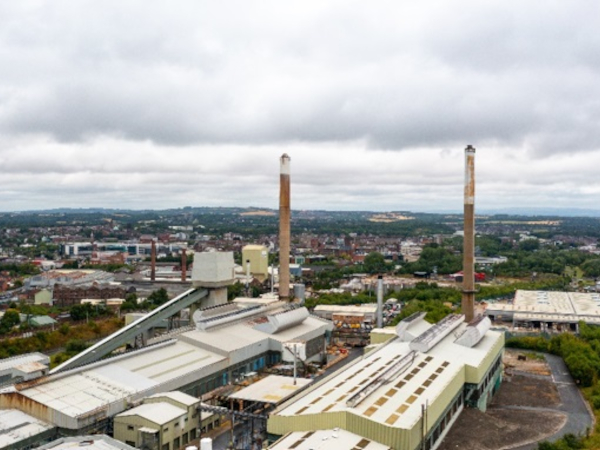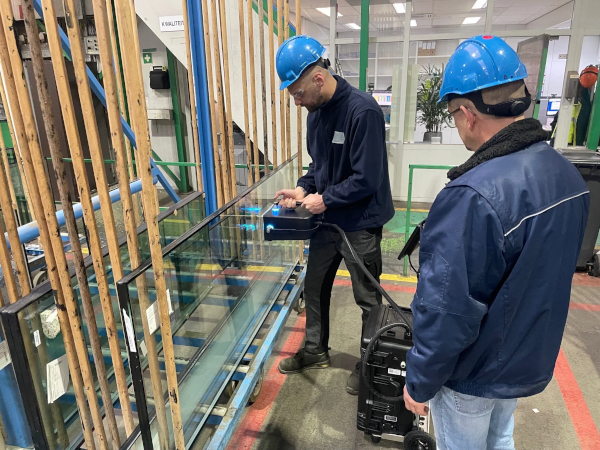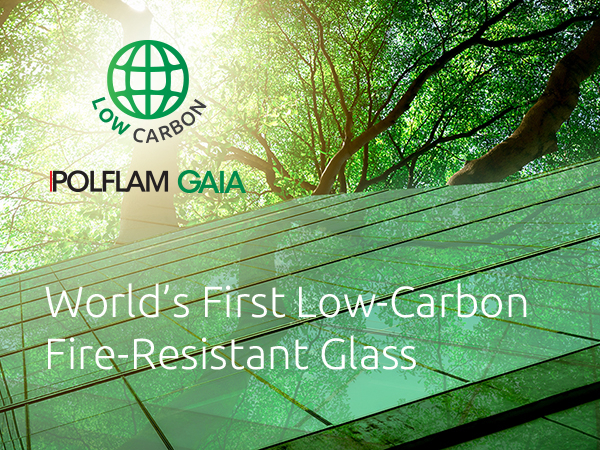Date: 14 March 2007
The centrifuges remove glass grounds from coolant allowing the glass to be disposed of safely and the clarified water returned to the process.
Pilkington Special Glass produce specialist glass for radiation shielding used in hospitals for shielding operators during X-rays and CAT scanning, and for protecting baggage handlers at airports during security scanning.
The special glass contains over 50% lead oxide and is manufactured as a plate which must then be ground smooth and polished. This process produces a slurry of white water coolant and fine glass grounds. The high lead content of the glass means that the waste is classified as hazardous so requires safe disposal.
Brian Eccles is an engineering technologist with Pilkington. He explained that the weight of the glass made it difficult to separate efficiently. Before installing the centrifuges the company used a filter bag system that was slow and required manual handling. “The centrifuge is completely automatic,” he explained. “There is no mechanical handling involved, we have been able to double the throughput of waste material and now produce a much clearer water stream for recirculation back into the process.”
The centrifuges themselves are type AS460. The feed liquid flows down through a stationary feed pipe and into the spinning centrifugal bowl. The solids flow under centrifugal force to the inner wall of the bowl forming a relatively moisture-free cake. When the bowl is filled to its maximum solids holding capacity the machine stops and discharges automatically; the cycle is then repeated under plc control continuously, 24 hours a day.







Add new comment